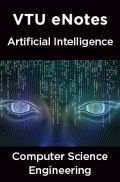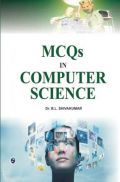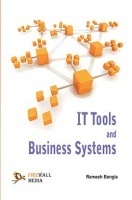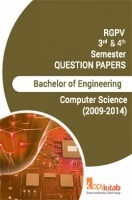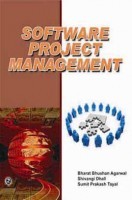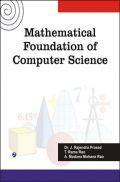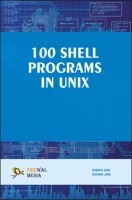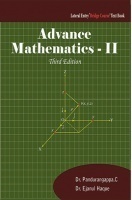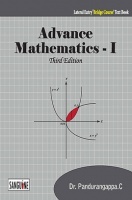Designed as an introductory text for the students of computer science, computer applications, electronics engineering and information technology for their first course on the organization and architecture of computers, this accessible, student friendly text gives a clear and in-depth analysis of the basic principles underlying the subject.
This self-contained text devotes one full chapter to the basics of digital logic. While the initial chapters describe in detail about computer organization, including CPU design, ALU design, memory design and I/O organization, the text also deals with Assembly Language Programming for Pentium using NASM assembler.
What distinguishes the text is the special attention it pays to Cache and Virtual Memory organization, as well as to RISC architecture and the intricacies of pipelining. All these discussions are climaxed by an illuminating discussion on parallel computers which shows how processors are interconnected to create a variety of parallel computers.
KEY FEATURES
Self-contained presentation starting with data representation and ending with advanced parallel computer architecture.
Systematic and logical organization of topics.
Large number of worked-out examples and exercises.
Contains basics of assembly language programming.
Each chapter has learning objectives and a detailed summary to help students to quickly revise the material.







